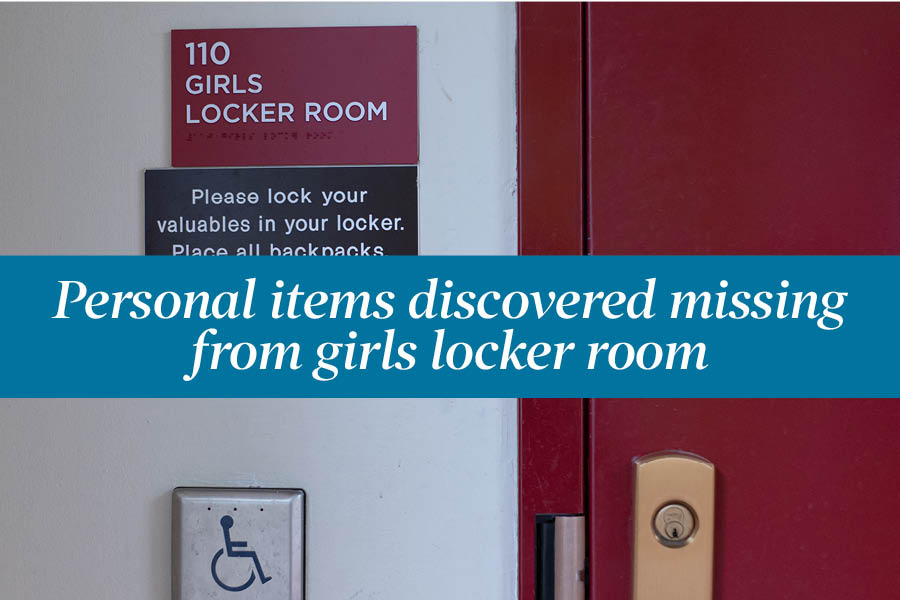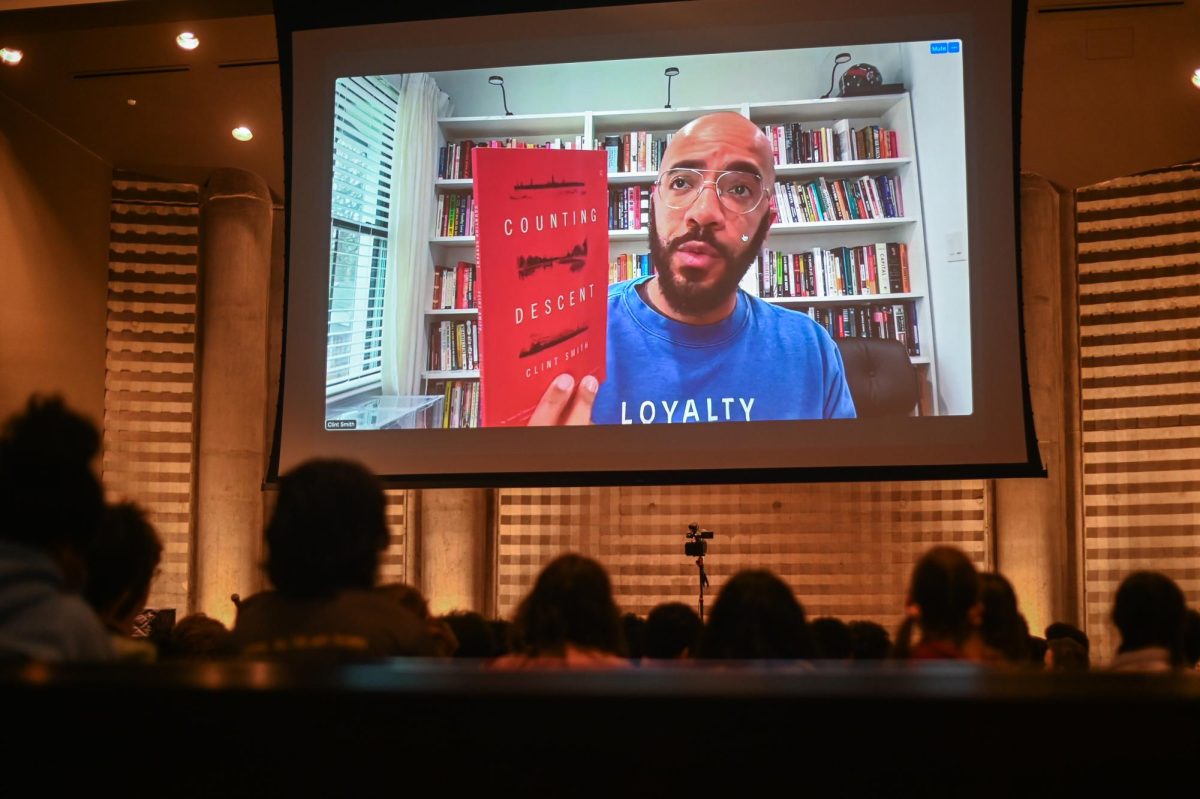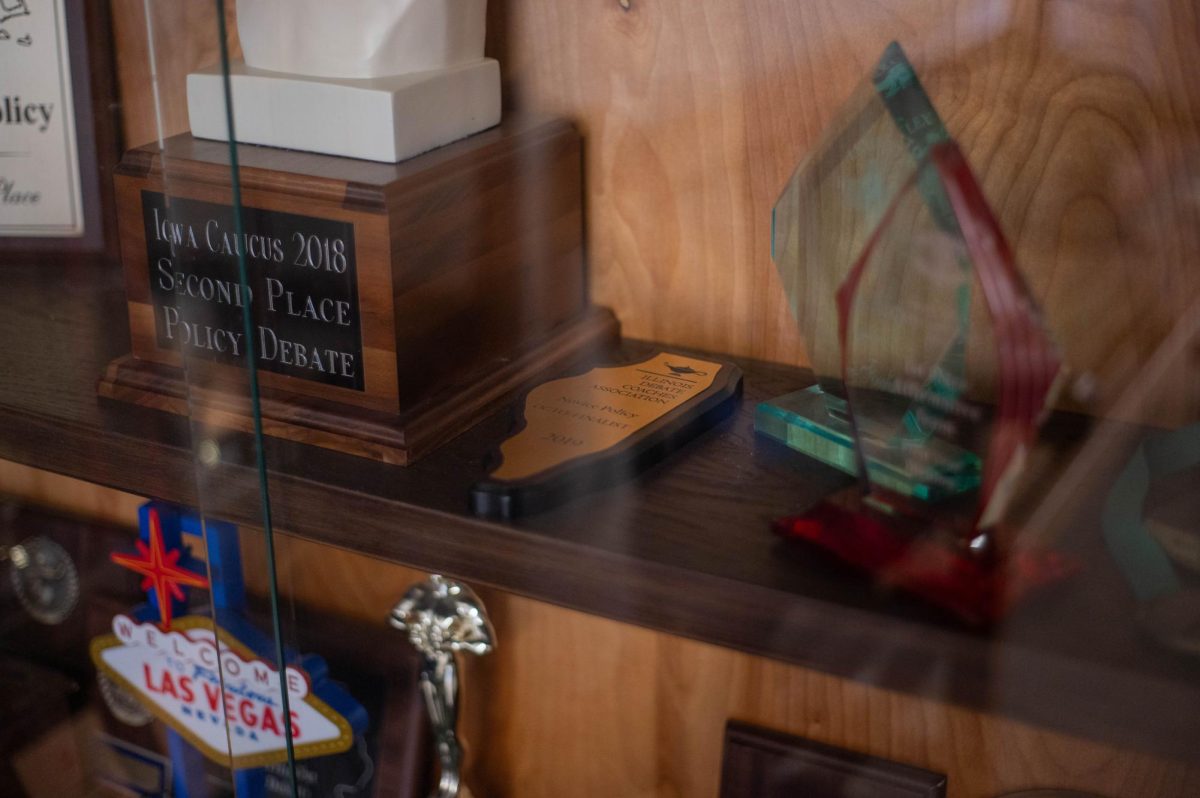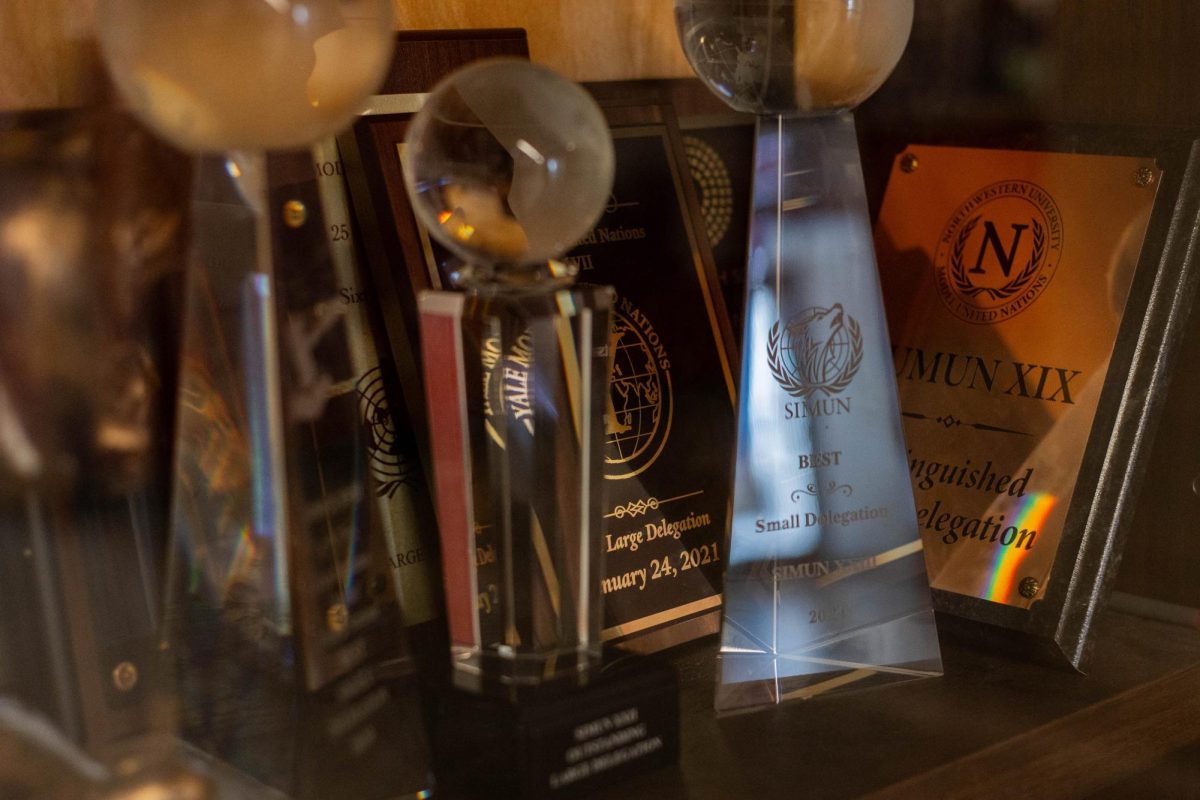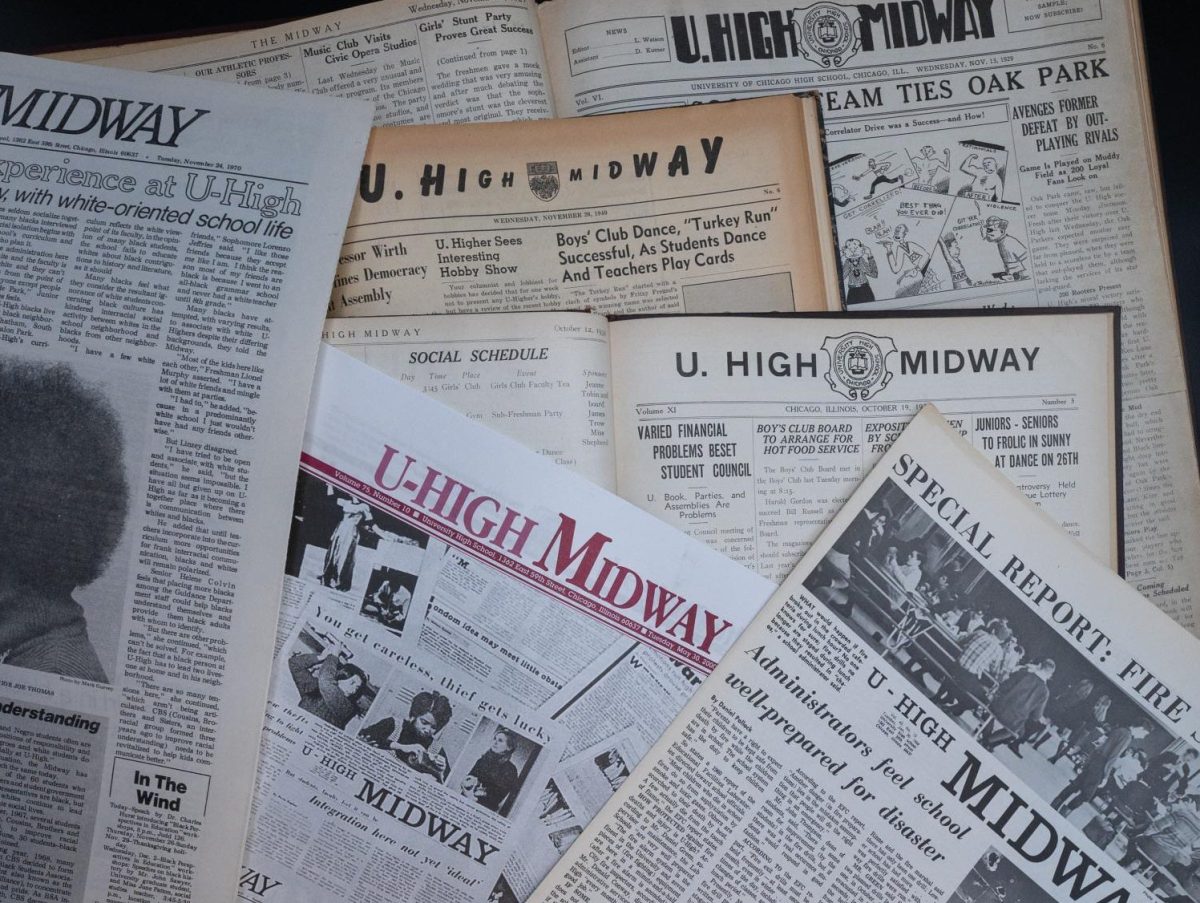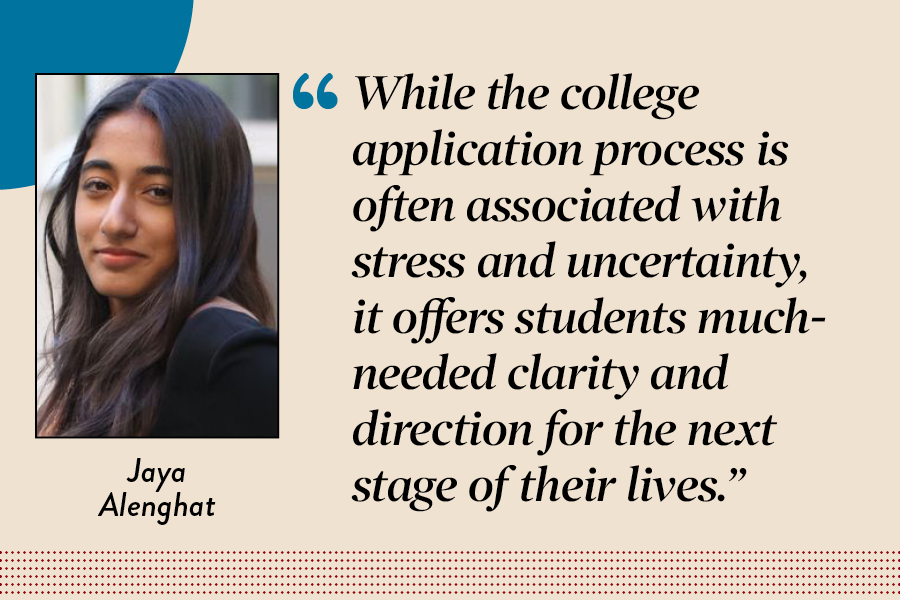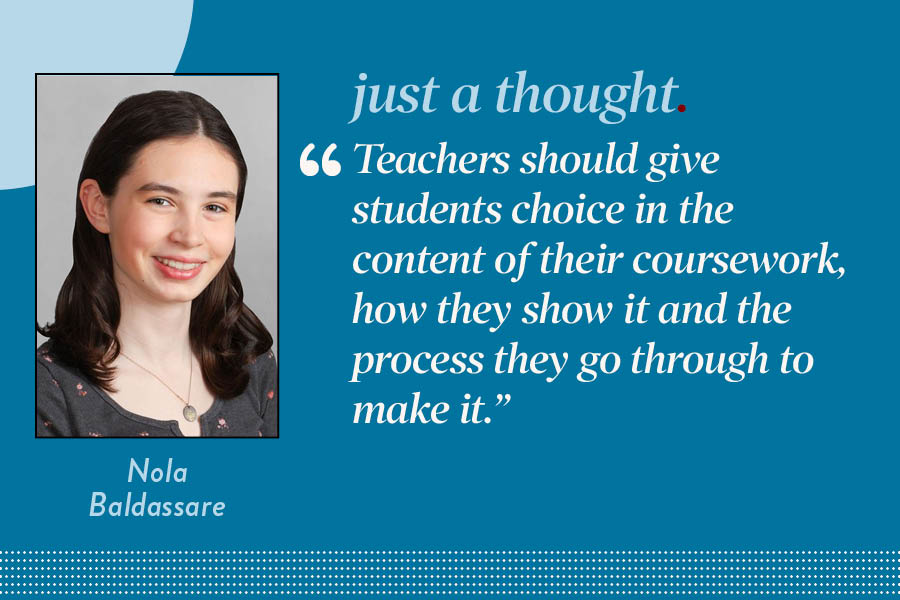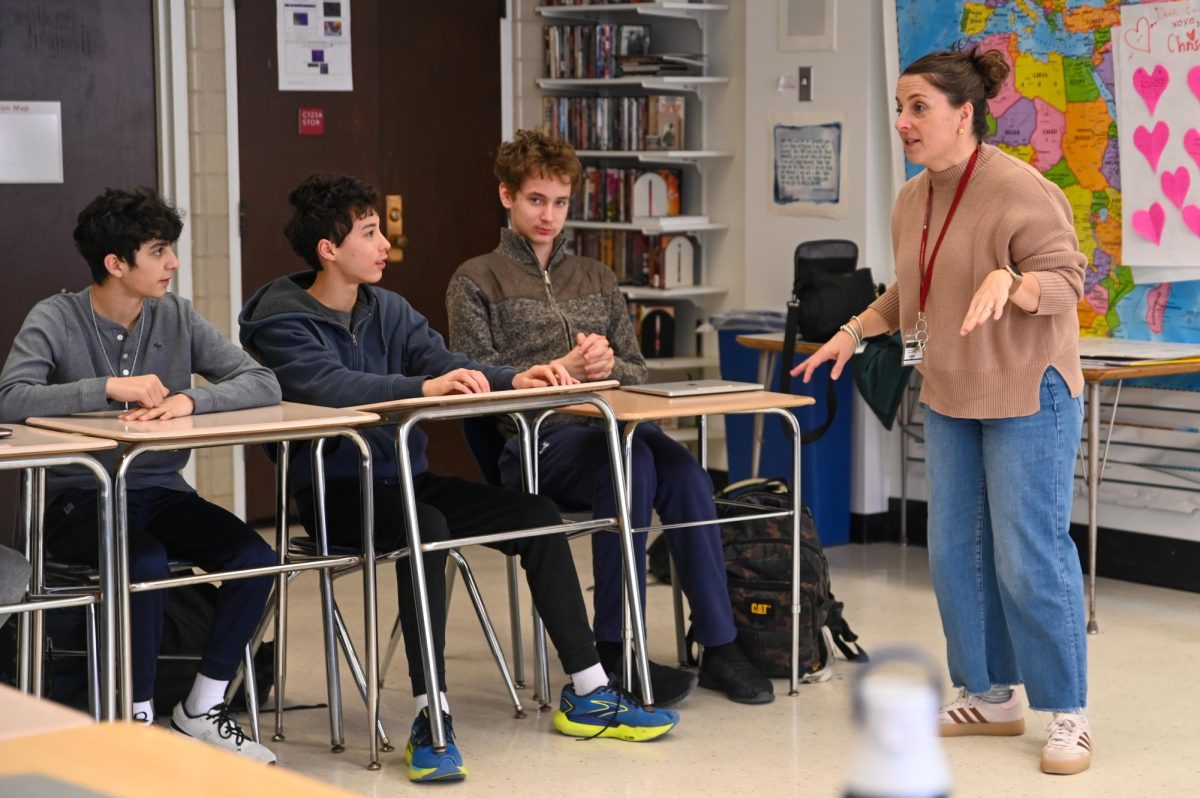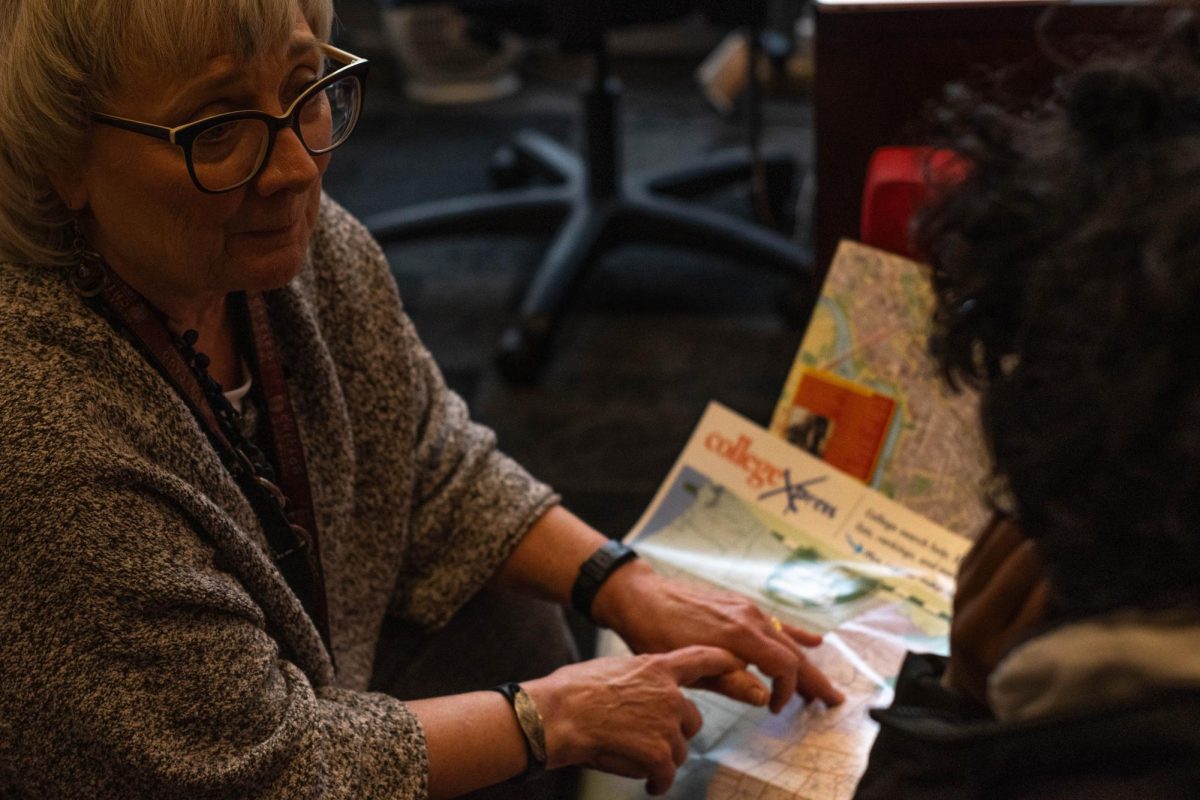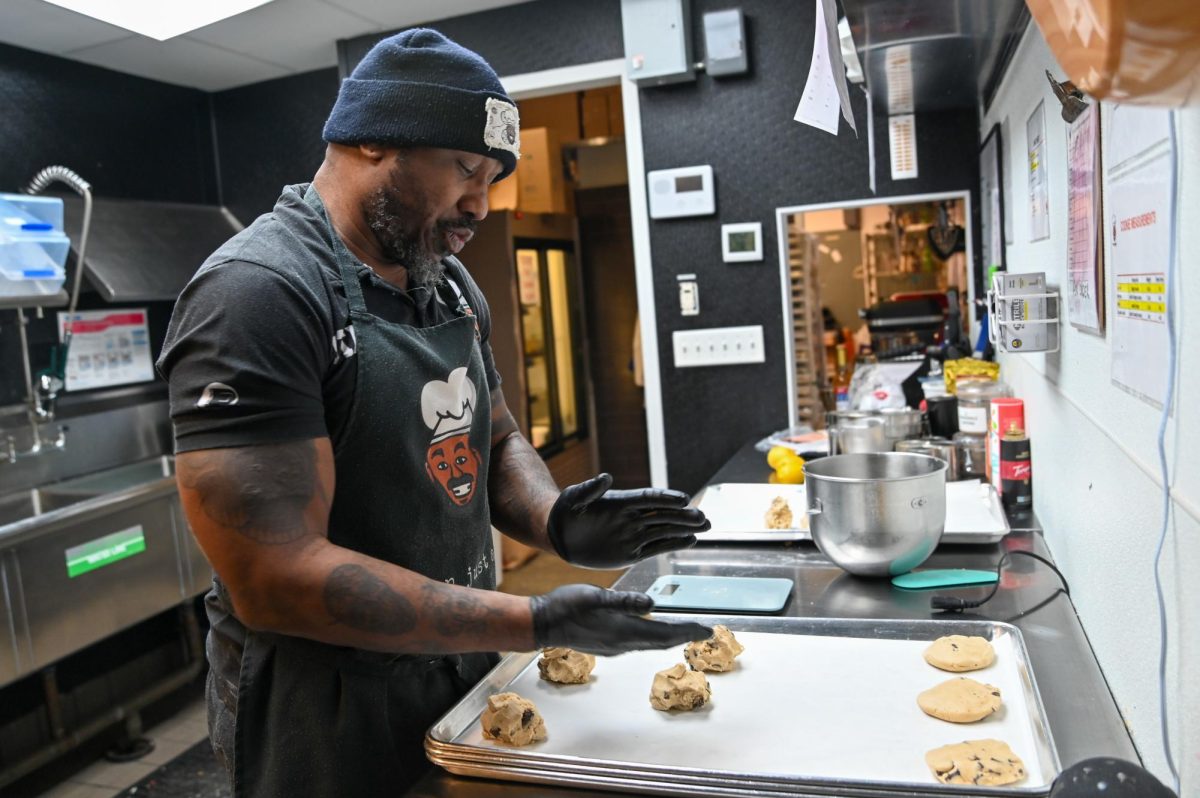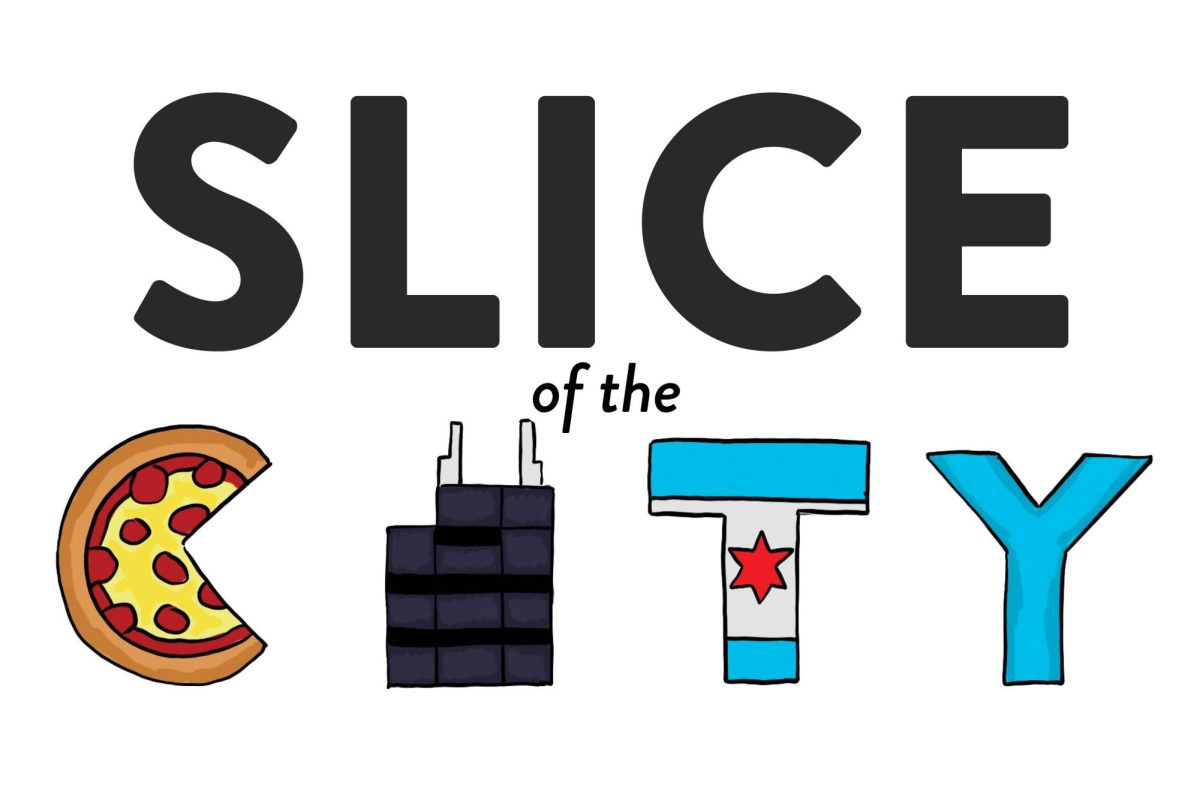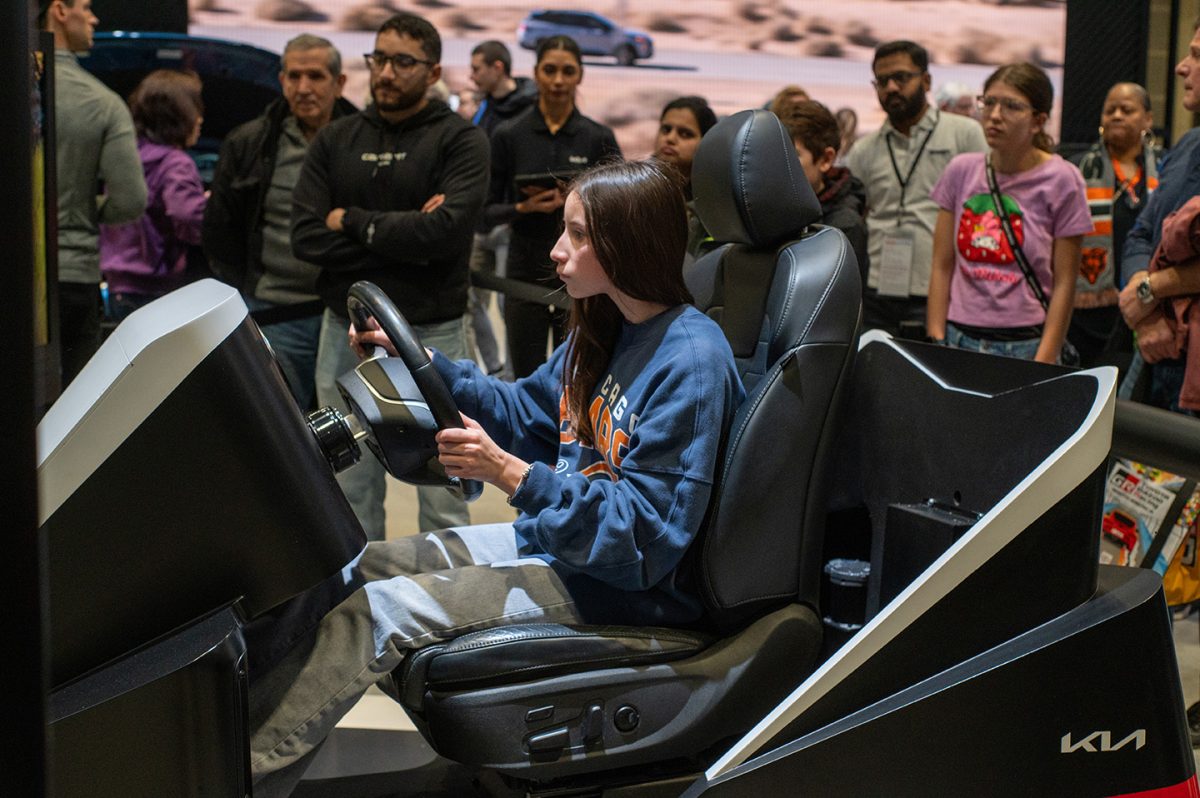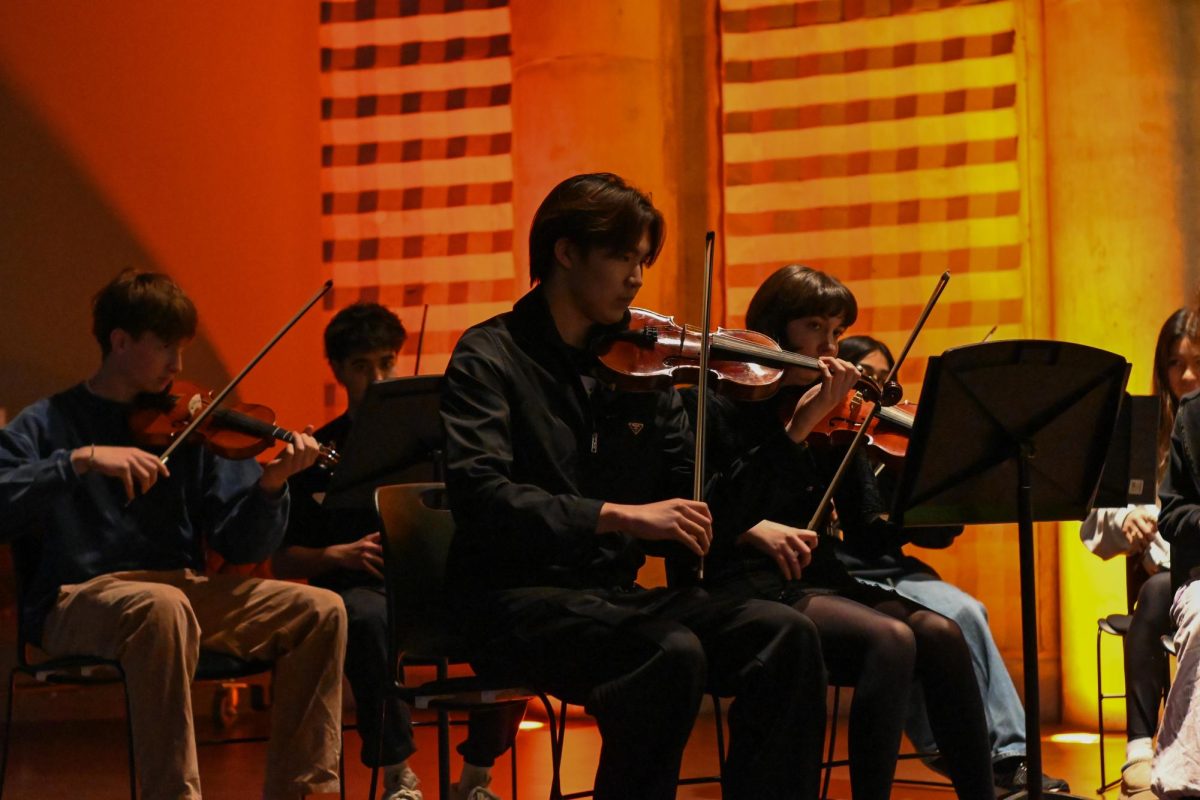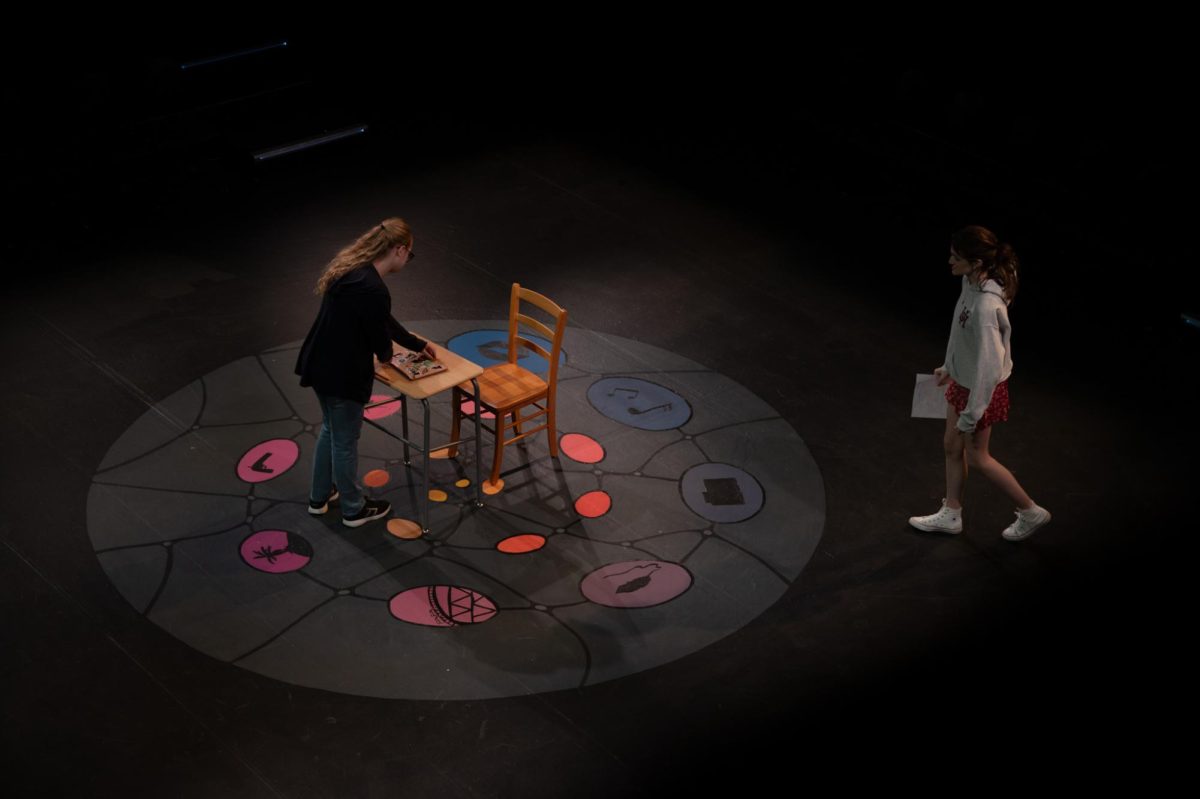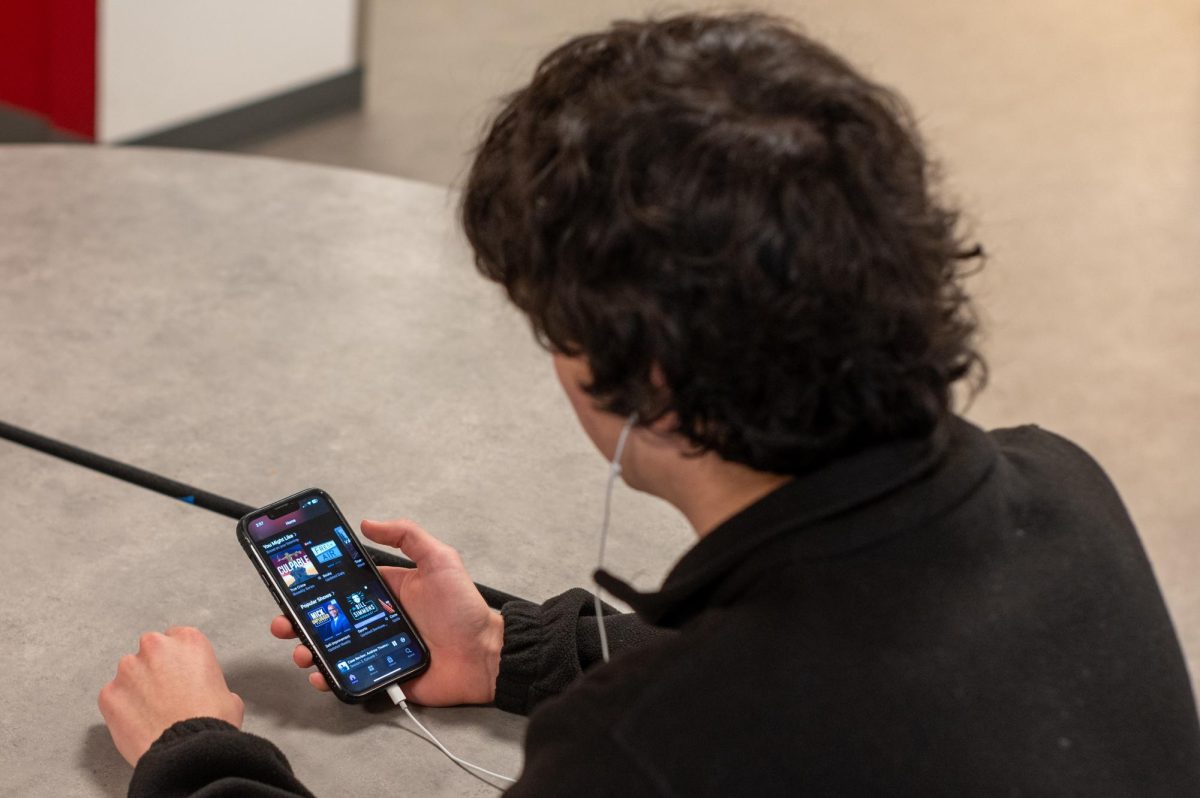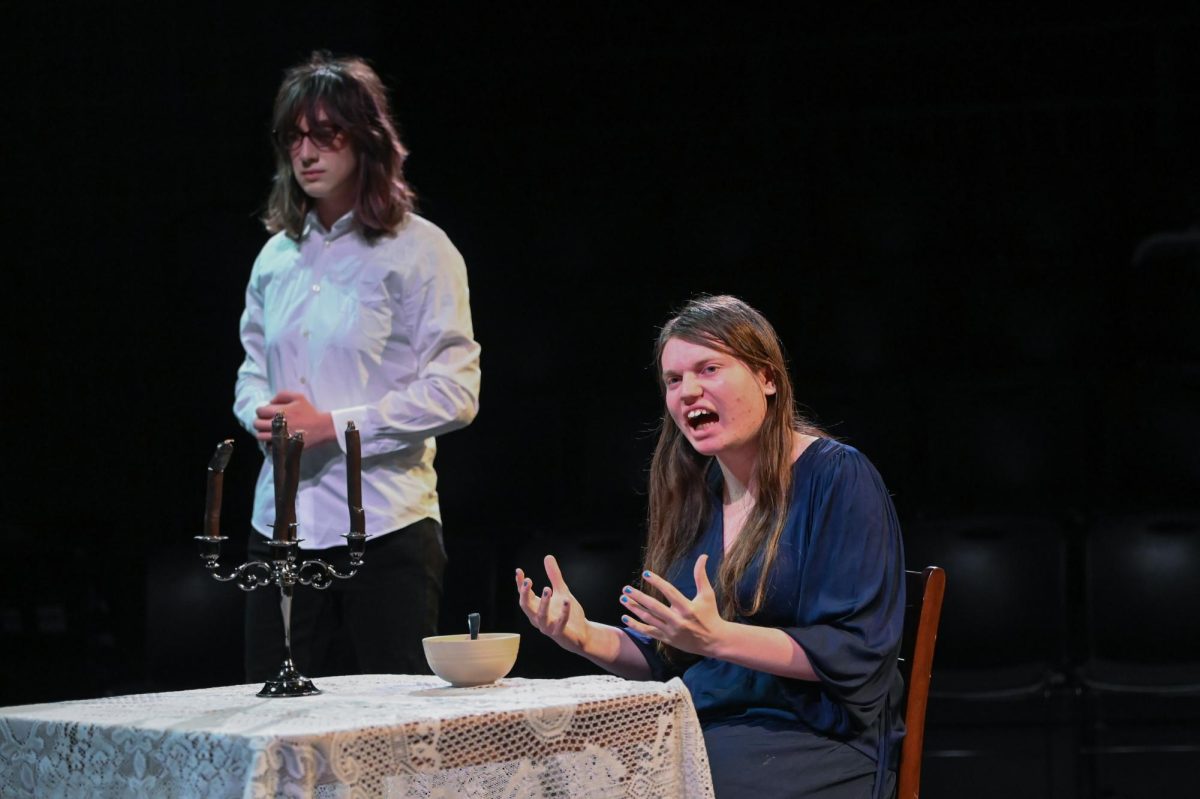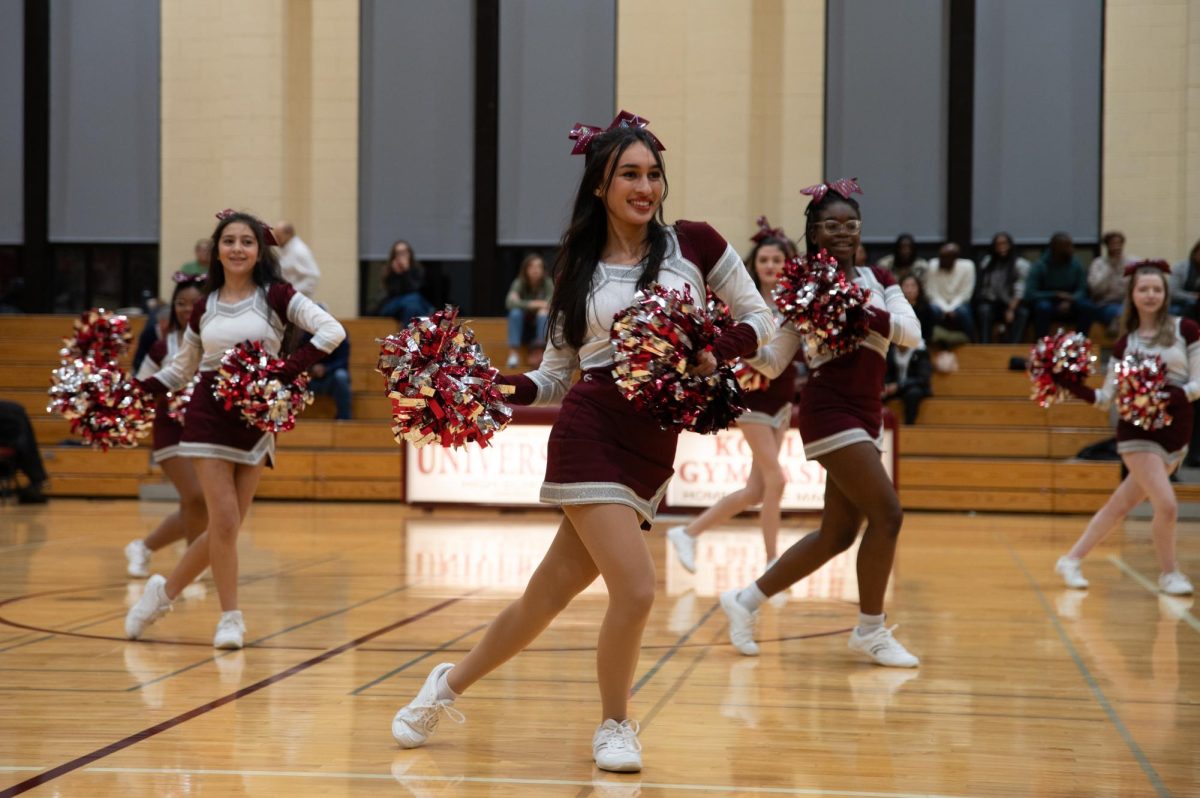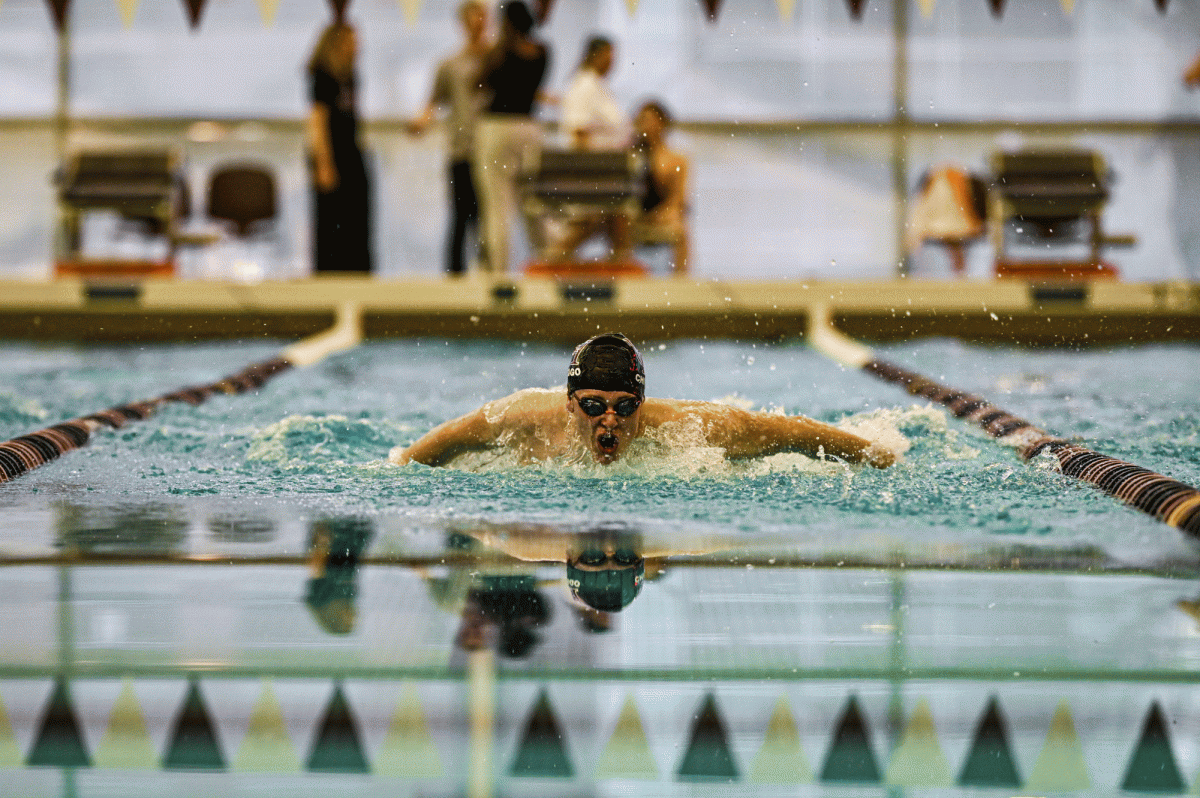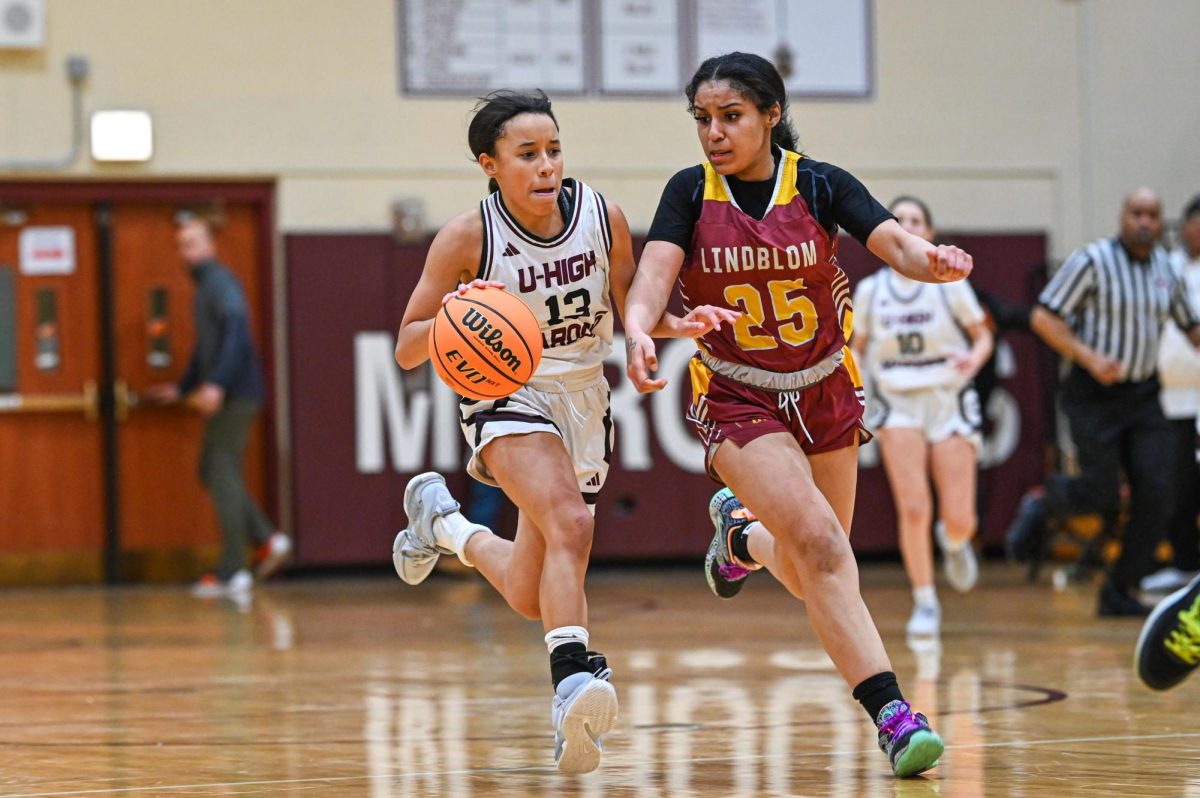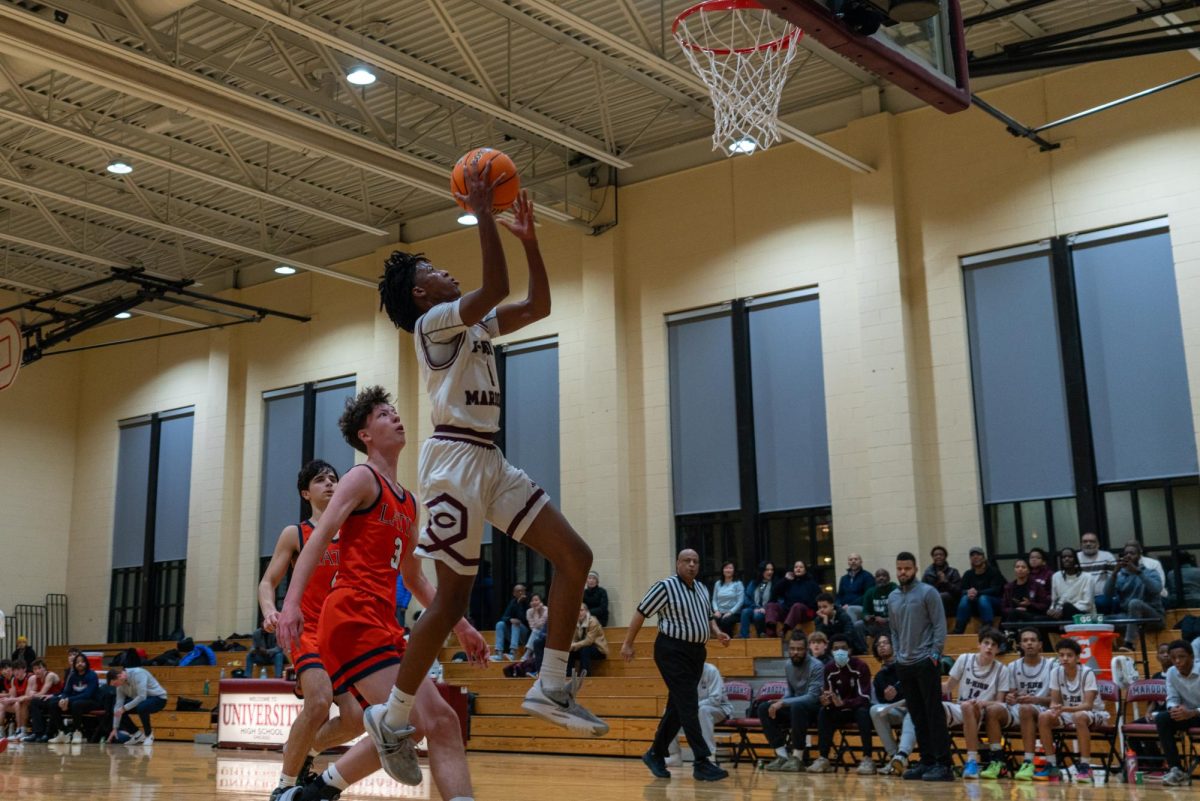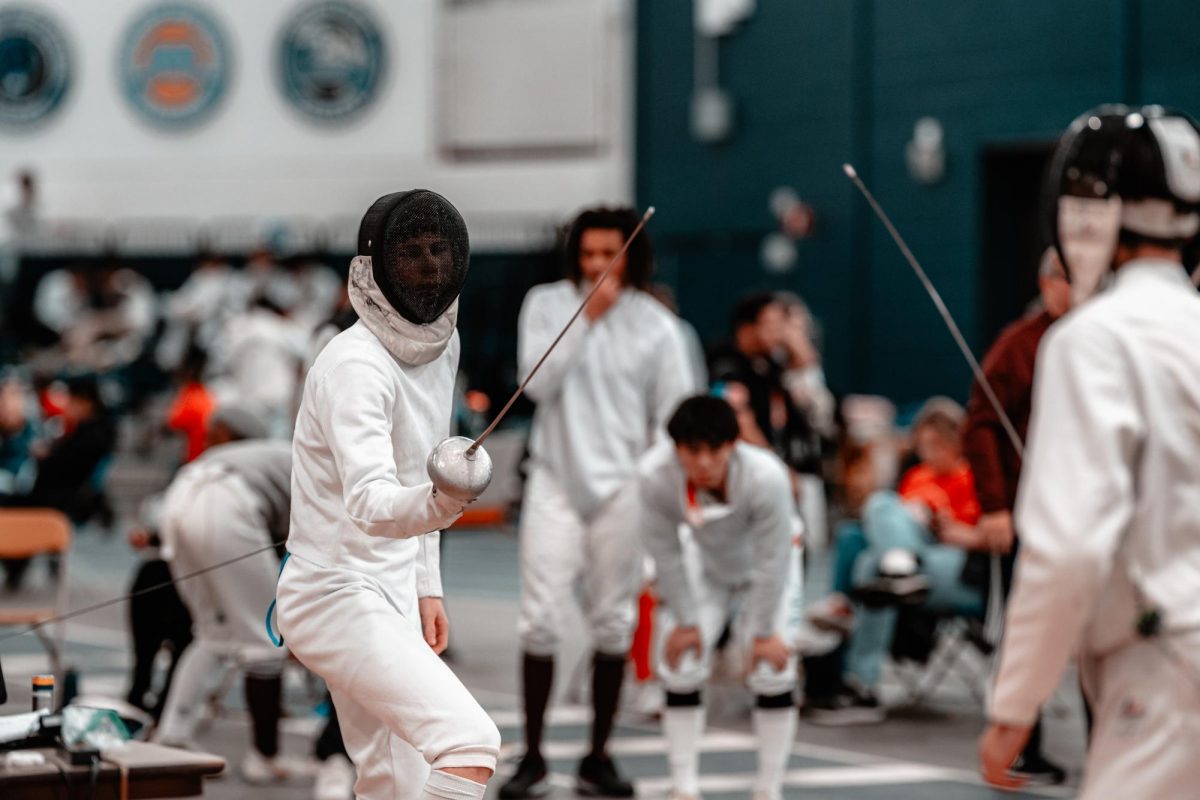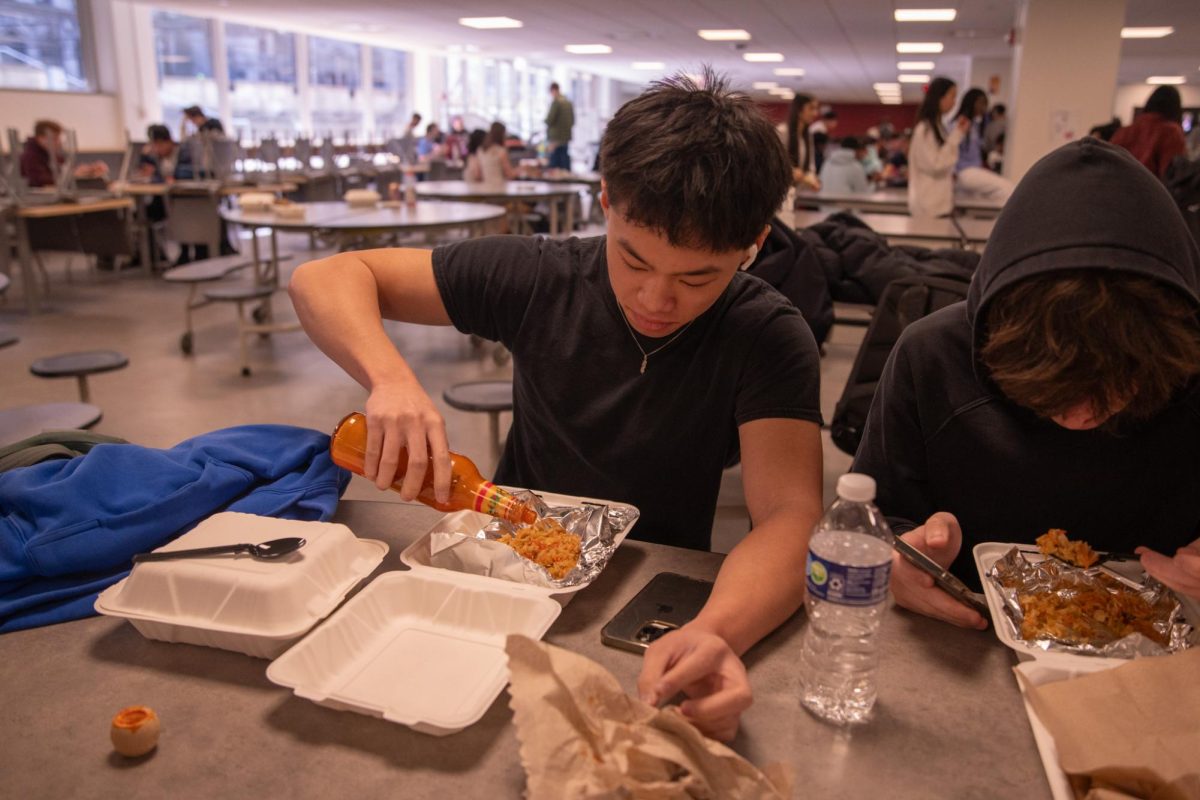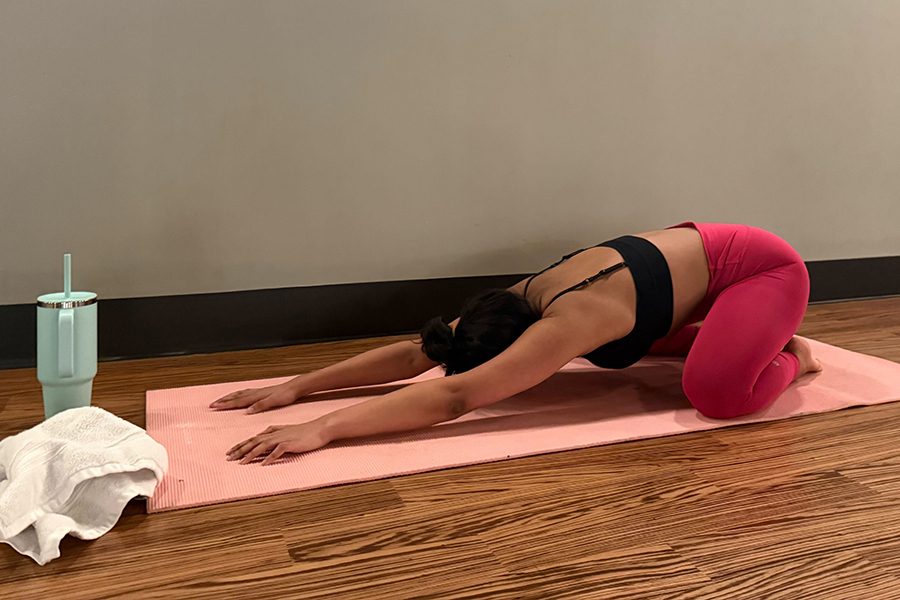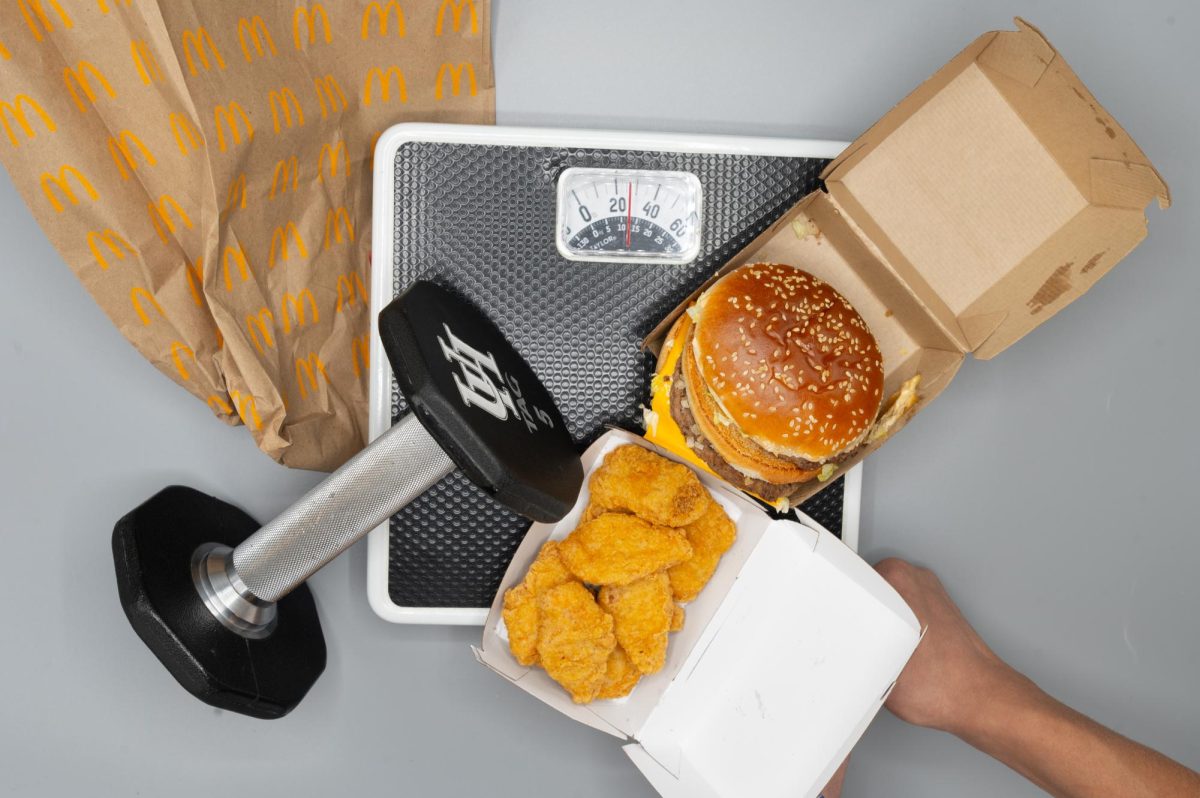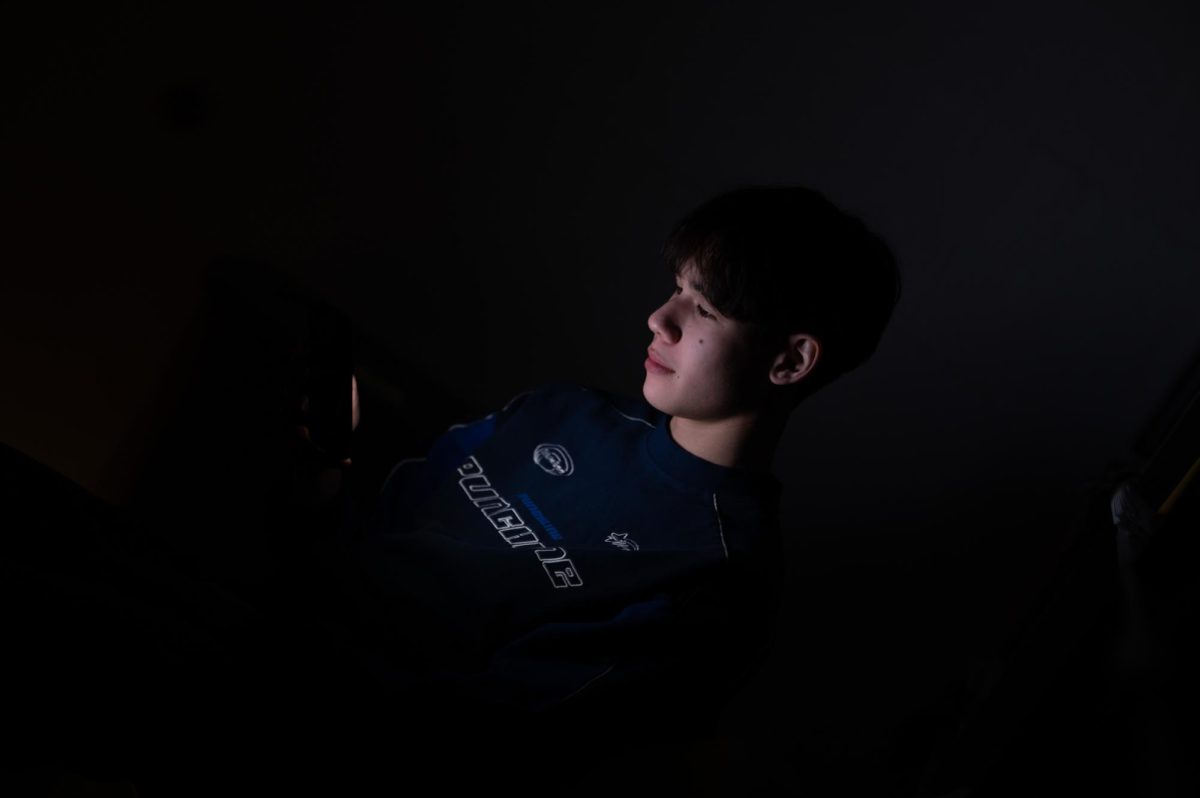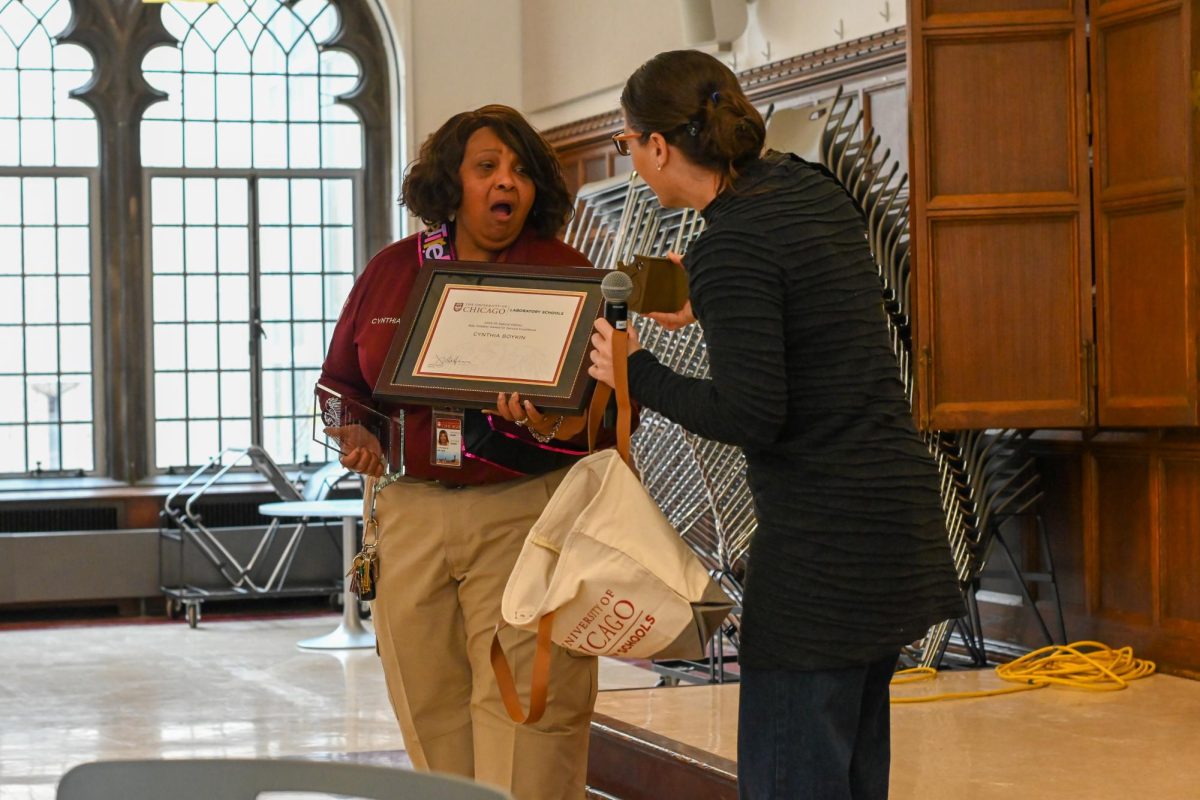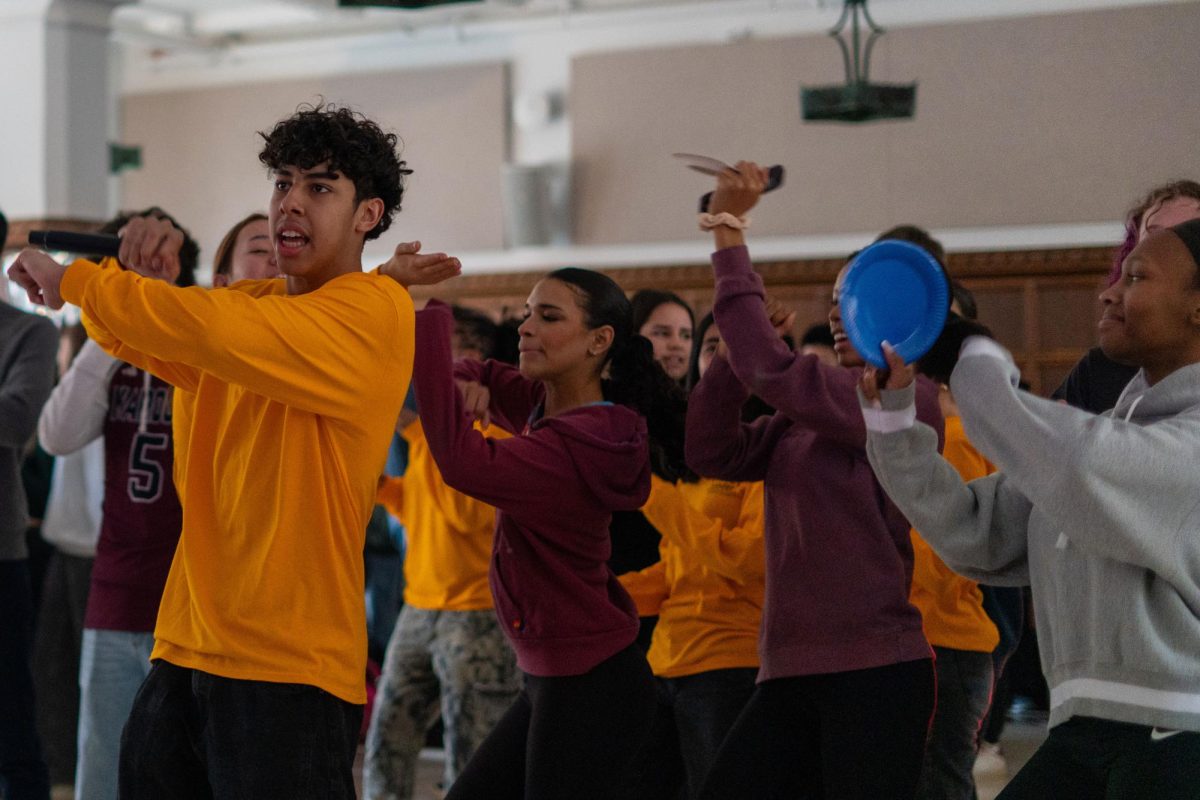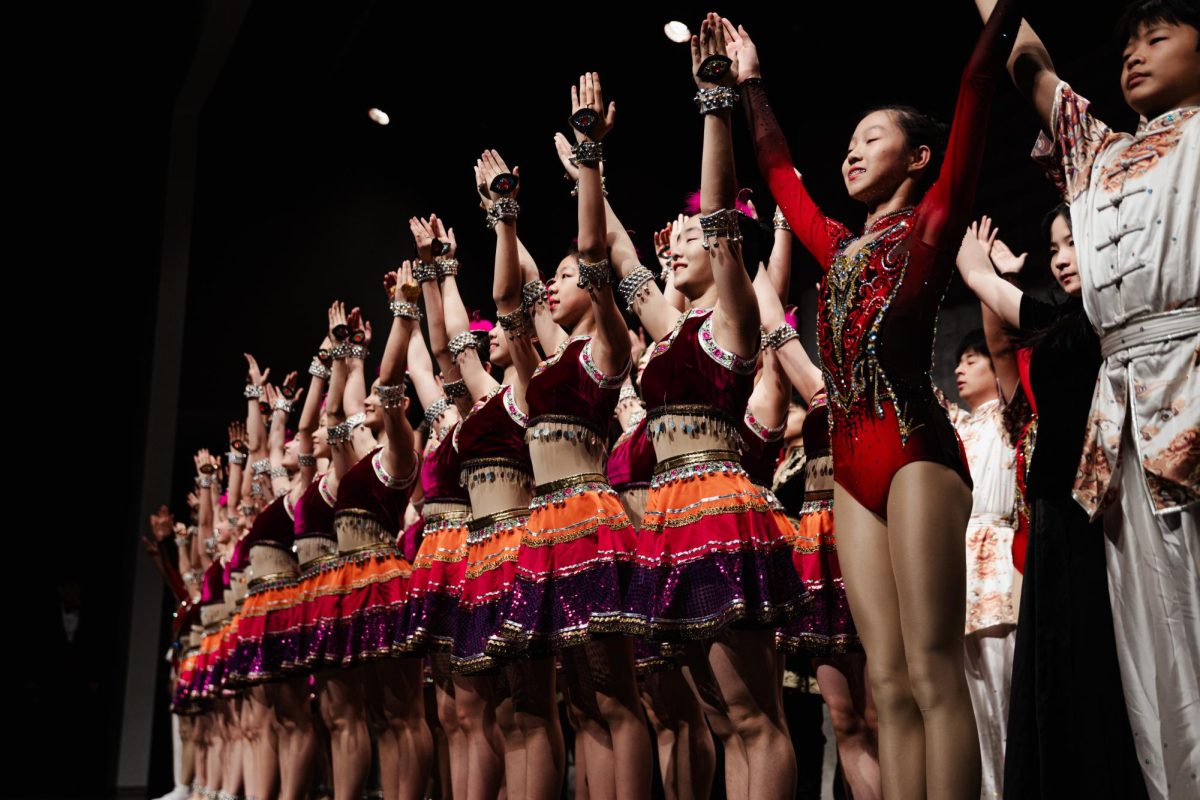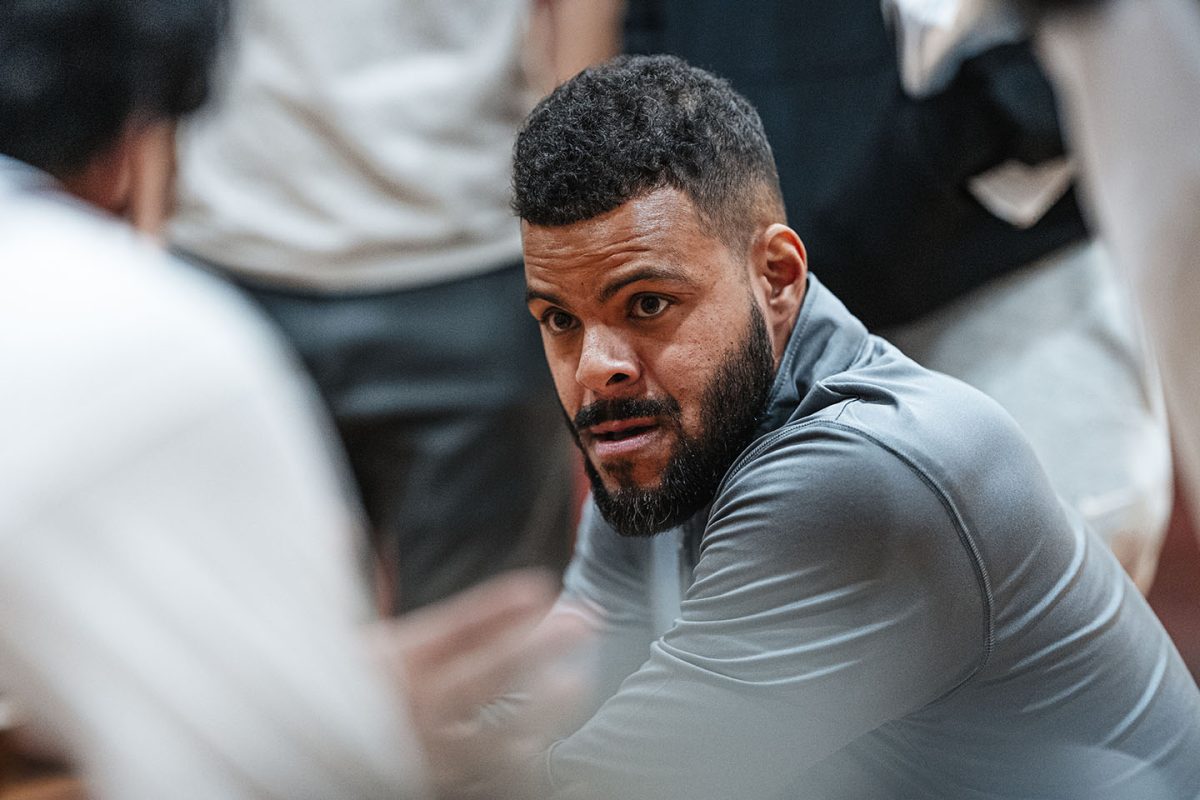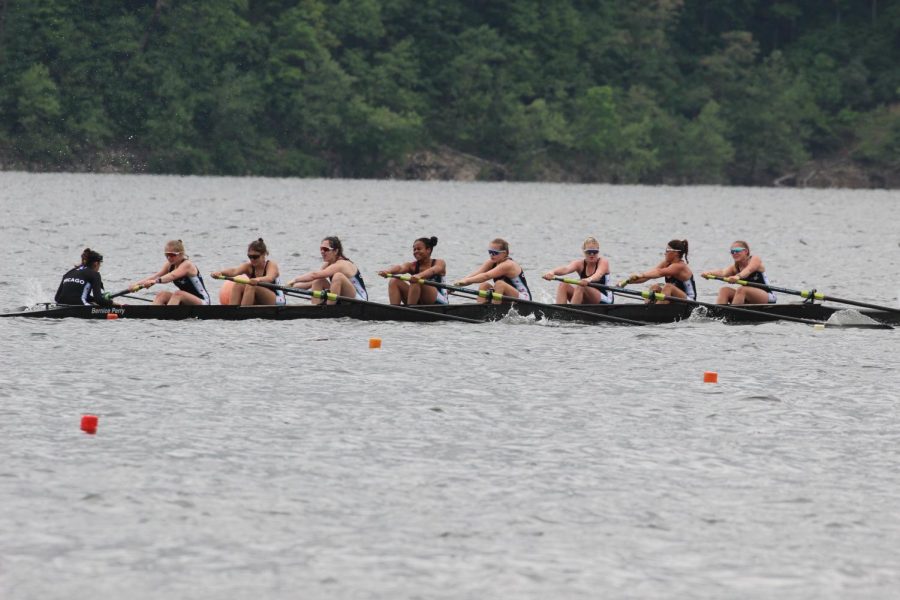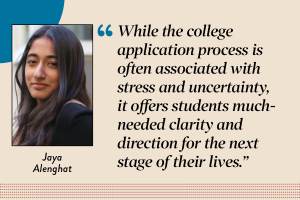U-High students find community, commitment through extracurricular rowing
April 25, 2023
One of the most physically demanding athletic activities in high school and college, rowing is the oldest intercollegiate sport in the United States.
Though U-High doesn’t have its own team, several students participate in rowing clubs, committing to its grueling training regimen of at least six weekly practices, and building its essential teamwork.
Races happen in either singles, doubles, fours or eights, with fours and eights being the most common. Though there are other people in the racing shell, athletes are generally focused on themselves as they strain to keep the shell moving as fast as possible. This is compounded by the fact they’re not facing the way the boat is moving, instead relying on a coxswain, someone in the boat who isn’t rowing, to direct them.
“You’re doing a lot of work and you don’t know where you’re going because you’re going backwards,” said U-High senior Smith Bumpers, who rows at The Chicago Rowing Foundation.
Because of this, even though team spirit is very high, rowing encourages a kind of teamwork that also emphasizes the individual. Crews are picked by coaches to fill shells with athletes of a similar skill and strength.
“The interesting thing is that it’s a team sport in the sense that there are four or eight of you racing down a course. But it’s individualized in the fact that everybody earns their own seat,” said U-High junior Frances Lewis, another member of the Chicago Rowing Foundation. “Even though we’re all rowing down the course together, we all had to individually get in the boat.”
Participating in a sport that isn’t affiliated with the school at all has both upsides and downsides. It allows athletes to interact with peers outside of the U-High environment, but there are also some issues with the administration’s constraints on nonschool activities.
“In some ways it’s nice branching out, meeting new people. It definitely helped prepare me a little bit more for college,” Smith said. “Also, I think sometimes not being a school sport definitely has it cons, like with attendance, because your absences aren’t counted the same way.”
Rowing is different than any other sport that high schoolers do. It’s a combination of individual racing, team coordination and a brutal full-body workout. It’s a massive time commitment that has an impact on other parts of their lives.
“The discipline and competitiveness and failure, in a sense, translated to working harder and trying again,” Frances said. “And especially in school, it’s translated to, OK, it doesn’t matter if you do bad on one test, that doesn’t mean you can’t learn the material. You just have to figure out a different way to learn it.”


